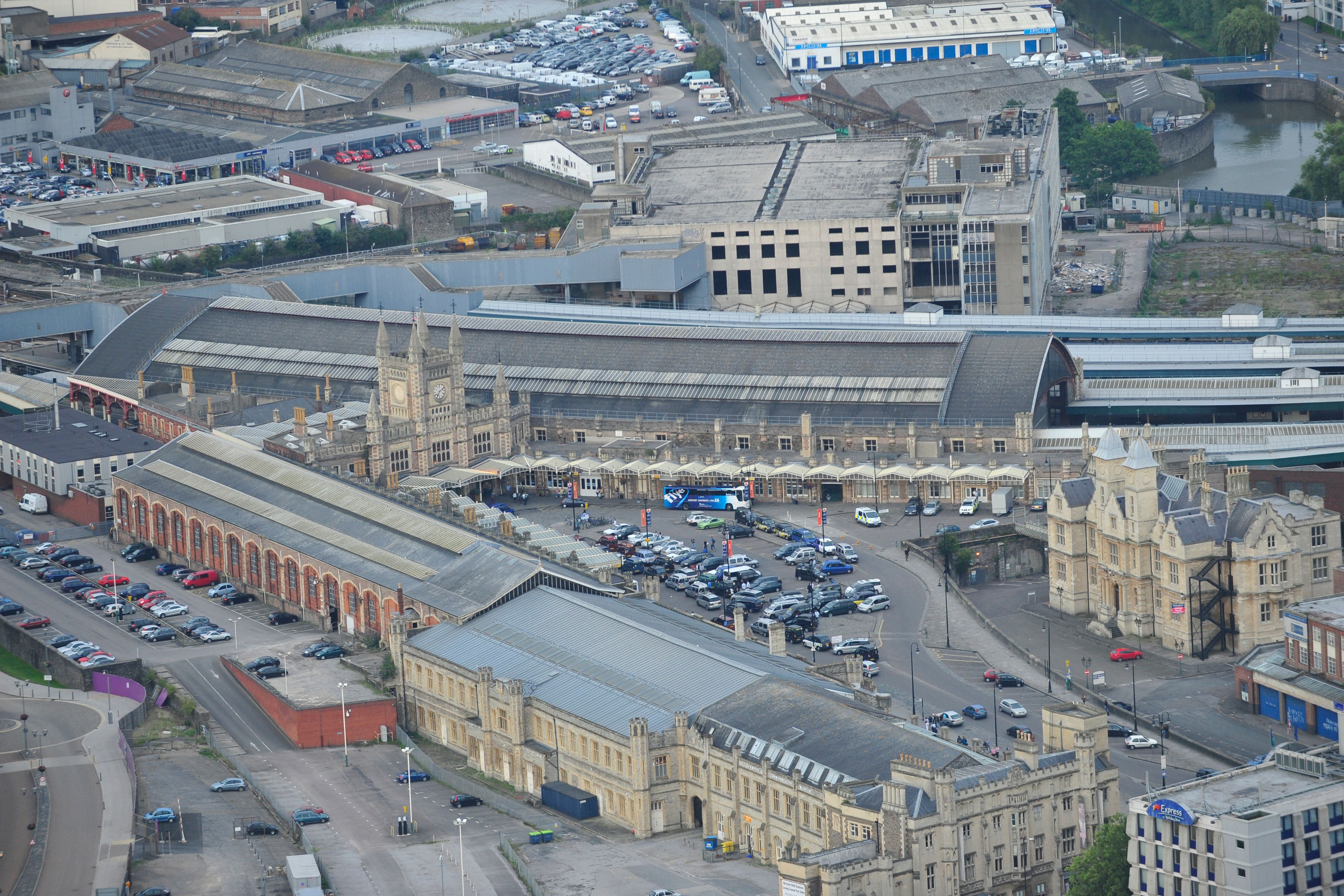Railway station first as audio guide for blind people launched
The audio guide is to help people safely make their way through Bristol Temple Meads.

Your support helps us to tell the story
From reproductive rights to climate change to Big Tech, The Independent is on the ground when the story is developing. Whether it's investigating the financials of Elon Musk's pro-Trump PAC or producing our latest documentary, 'The A Word', which shines a light on the American women fighting for reproductive rights, we know how important it is to parse out the facts from the messaging.
At such a critical moment in US history, we need reporters on the ground. Your donation allows us to keep sending journalists to speak to both sides of the story.
The Independent is trusted by Americans across the entire political spectrum. And unlike many other quality news outlets, we choose not to lock Americans out of our reporting and analysis with paywalls. We believe quality journalism should be available to everyone, paid for by those who can afford it.
Your support makes all the difference.A railway station has become the first in the country to launch an audio guide to help blind and partially sighted people navigate the space.
Network Rail has launched the guide, comprising of 12 audio files, along with Bristol Sight Loss Council to assist people at Bristol Temple Meads.
The station, designed by Isambard Kingdom Brunel and opened in 1840, has become more challenging to navigate recently due to renovation works on its historic train shed roof.
There are currently scaffolding towers in parts of the station, while some areas have become one-way only or temporarily closed.
It is hoped that the guide – the first time such a tool has been available at any Network Rail-managed station – will guide listeners safely through sections of the station.
Network Rail is planning to work further with Bristol Sight Loss Council and users of the guide, with the aim of rolling out the technology in stations across the country.
Bernadette Sachse, Network Rail’s station manager for Bristol Temple Meads, said: “I’m so proud of the work we’ve done with Bristol Sight Loss Council to launch this audio guide, which will help to ensure that our station remains as accessible as possible for all passengers, especially during the roof works.
“We want everyone to feel welcome at our stations and are constantly looking to improve accessibility for people who experience disability.
“Alongside the audio guide, all our station signage has been designed in high contrast so that it can be more easily read.
“We install tactile paving on our platforms to improve safety and have ensured that Bristol Temple Meads can be easily navigated by those using a wheelchair.
“It’s been fantastic to work with the Sight Loss Council, who have tested the audio guide to make sure that it’s as user-friendly as possible. I hope that this useful tool allows people to feel more confident in using our railway.”
The guide was launched on Friday, ahead of International Disability Awareness Day on Saturday.
Sight Loss Councils, funded by Thomas Pocklington Trust, are led by blind and partially sighted volunteers to advocate the needs of people and influence change.
Emma Hughes, director of services at the trust, said: “We are proud of Bristol Sight Loss Council’s work with Bristol Temple Meads station to launch this first-of-its-kind audio guide to help blind and partially sighted people to navigate the station.
“Everyone should be able to rely on accessible public transport and be able to travel independently and safely.
“We want to ensure all forms of transport are fully accessible to blind and partially sighted people across the country, enabling everyone to live the lives they want to lead in an independent way.
“We look forward to seeing what this powerful partnership can achieve together in the coming years.”
Coral Thomas, accessibility mentor at GWR, said the train operator was pleased to support the introduction of the guides.
“Bristol Temple Meads is undergoing some major refurbishments and anything that can be done to assist customers as they make their way through the station is a real positive,” she added.
“We look forward to receiving feedback from customers which may be of use as we seek to improve accessibility at stations across the GWR network.”
Subscribe to Independent Premium to bookmark this article
Want to bookmark your favourite articles and stories to read or reference later? Start your Independent Premium subscription today.